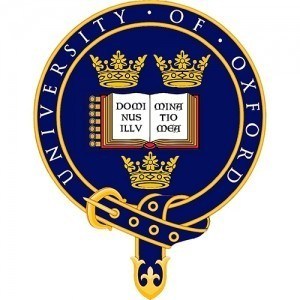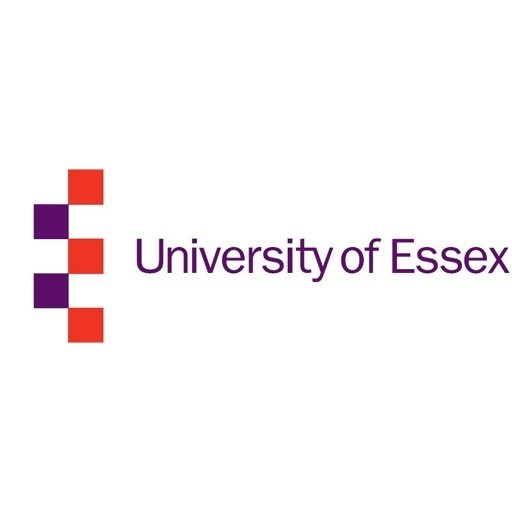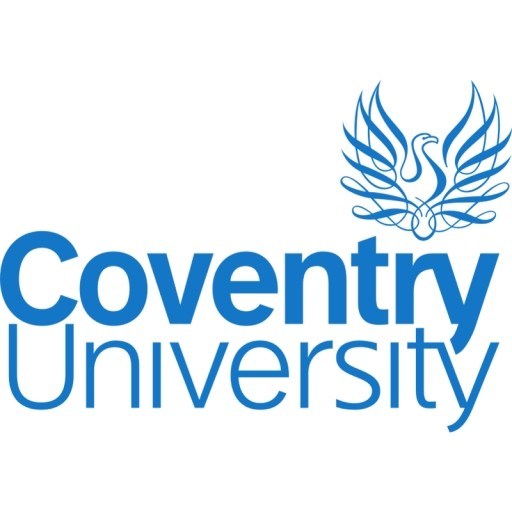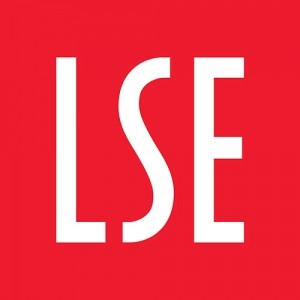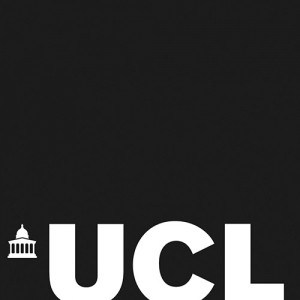Photos of university / #oxford_uni
Level: Undergraduate (BA or BSc)
Duration: 3 years (full-time)
Location: Oxford, United Kingdom
Start date: October annually
Mode of study: Full-time
Language of instruction: English
The Mathematics and Statistics programme at the University of Oxford offers students a rigorous and comprehensive education in fundamental mathematical theories, advanced statistical methods, and their practical applications. Designed to develop both theoretical understanding and analytical skills, this programme prepares graduates for careers in data analysis, finance, research, academia, and various industries requiring quantitative expertise. The curriculum combines core topics such as pure mathematics, applied mathematics, probability theory, statistical modelling, and computational techniques with opportunities for specialization in areas like financial mathematics, data science, or theoretical statistics. Students benefit from tutorials, lectures, and seminars delivered by world-renowned faculty, fostering an environment of academic excellence and innovative thinking. Oxford's unique tutorial system provides personalized guidance, encourages independent learning, and promotes in-depth discussion of complex concepts. The programme facilitates active engagement through projects, presentations, and collaboration with peers and researchers. Students also have access to cutting-edge laboratories and computational resources, enabling them to undertake simulations and data analyses pertinent to current scientific and societal challenges. Graduates of this programme graduate equipped with a versatile skill set, including problem-solving, critical analysis, and the ability to communicate complex ideas clearly. The programme's prestige, rigorous methodology, and focus on research prepare students not only for professional careers but also for postgraduate study in mathematics, statistics, data science, or related fields. Admission requirements typically include strong A-levels or equivalent qualifications in mathematics or related subjects, along with proficiency in English. The programme's structure emphasizes progressive mastery of mathematical and statistical methods, fostering intellectual growth over three years of intensive study. As part of Oxford's vibrant academic community, students become part of a tradition of excellence and innovation, contributing to groundbreaking research and collaborative projects that address real-world challenges in science, technology, and society.
1st year |
|
|
Courses Compulsory 1st year includes:
|
Assessment First University examinations: |
2nd year |
|
|
Courses Current core courses:
Current options:
|
Assessment Final University examinations, Part A: |
3rd year |
|
|
Courses Current options include:
|
Assessment Final University examinations, Part B: |
4th year (extended terms) |
|
|
Research
|
Assessment Final University examinations, Part C: Project and papers (or equivalent) in ratio 3:5 |
- Attestat o Srednam Obrazovanii (Certificate of Secondary Education) would not be sufficient for candidates to make a competitive application. If your qualification is listed as being insufficient to make a competitive application to Oxford, then you will need to undertake further study if you wish to apply.You could take British A-levels (the British Council may know where you can take A-levels in your country), the International Baccalaureate (IB), or any other qualifications listed as acceptable on this page. The first year of a bachelor's degree from another university could also be an acceptable alternative.
- IELTS: overall score of 7.0 (with at least 7.0 in each of the four components)
- TOEFL (paper-based): overall score of 600 with a Test of Written English score of 5.5
- TOEFL (internet-based): overall score of 110 with component scores of at least: Listening 22, Reading 24, Speaking 25, and Writing 24.
- Cambridge English: Advanced, also known as the Certificate of Advanced English (CAE): grade A if taken before January 2015, or a score of at least 185.
- Cambridge English: Proficiency, also known as the Certificate of Proficiency in English (CPE): grade B if taken before January 2015, or a score of at least 185.
- English Language GCSE, or O-level: grade B (for IGCSE, please see below)
- International Baccalaureate Standard Level (SL): score of 5 in English (as Language A or B)
- European Baccalaureate: score of 70% in English.
Scholarships
Hill Foundation Scholarship
Russian nationals wishing to study for a second undergraduate degree. Application deadline: 12 noon (UK time) on 15 February 2017
Palgrave Brown Scholarship
Students must be ordinarily resident in and/or educated in the following countries:
Albania; Armenia; Azerbaijan; Belarus; Bosnia and Herzegovina; Bulgaria; Croatia; Czech Republic; Estonia; Georgia; Hungary; Kazakhstan; Kyrgyz Rep.; Latvia; Lithuania; Macedonia; Moldova; Montenegro; Poland; Romania; Russia; Serbia; Slovakia; Slovenia; Tajikistan; Turkmenistan; Ukraine; Uzbekistan. Application deadline: 12 noon (UK time) on 15 February 2017
The Mathematics and Statistics program at the University of Oxford offers a comprehensive and rigorous education in the foundational and advanced topics within these fields. The program is designed to develop students' analytical, problem-solving, and research skills, providing a solid grounding in pure and applied mathematics as well as in statistical theory and methods. Students have the opportunity to engage with a diverse range of subjects, including algebra, calculus, differential equations, mathematical modelling, probability theory, statistical inference, data analysis, and computational techniques. The curriculum combines traditional mathematical disciplines with modern statistical approaches, enabling students to apply quantitative methods to real-world problems across various sectors such as finance, science, technology, and social sciences.
The course structure typically includes lectures, small-group tutorials, seminars, and independent research projects. Emphasis is placed on the development of mathematical thinking, logical reasoning, and quantitative skills essential for research, industry, or further academic study. The program often features optional modules that allow students to tailor their learning towards specific interests, such as financial mathematics, operational research, or biological statistics. Interdisciplinary opportunities are also available, fostering collaboration with other scientific fields.
Students benefit from the university’s renowned tutorial system, where they receive personalized attention, fostering deep understanding and critical thinking. The program is supported by access to state-of-the-art computing facilities, extensive libraries, and research centers. Graduates of the program are well-prepared for careers in academia, data science, actuarial work, consultancy, finance, or for pursuing postgraduate studies in related disciplines.
The length of the course is usually three or four years, depending on the program variant, with options for study abroad or integrated master's components. The faculty involved in delivering the program includes distinguished mathematicians and statisticians who are actively engaged in cutting-edge research. The university’s rich tradition in mathematics and its global reputation make the Oxford Mathematics and Statistics program a highly sought-after choice for aspiring mathematicians and statisticians worldwide.
